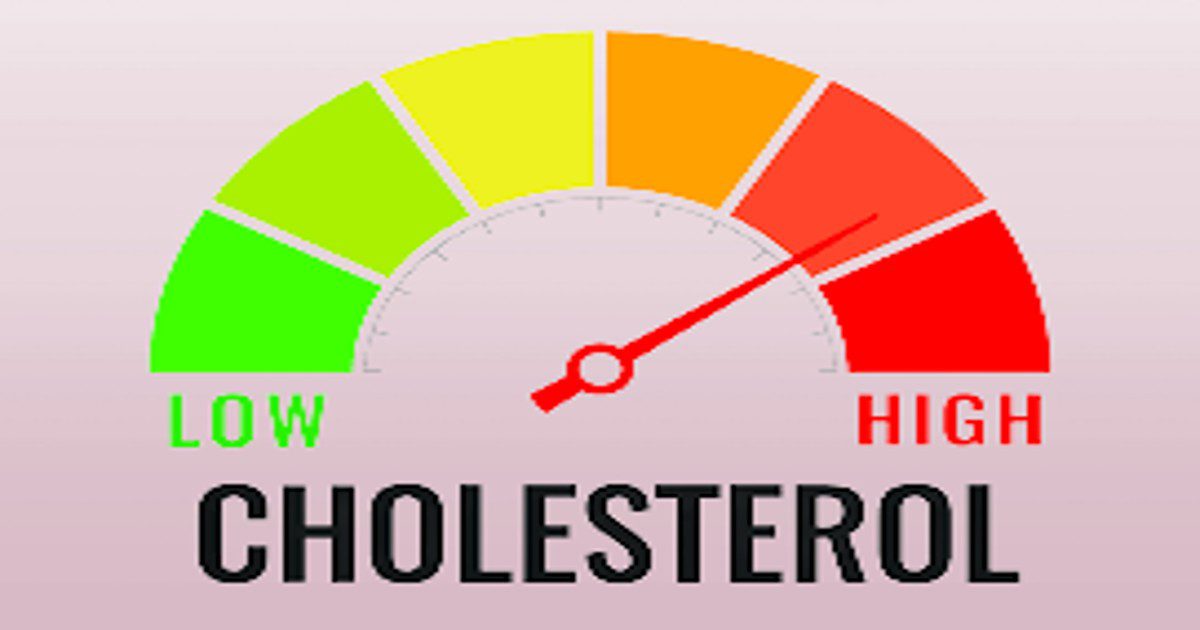Cholesterol – It is an essential structural component of animal cell membranes. Cholesterol is essential for all animal life. Cholesterol is recycled in the body. The liver excretes cholesterol into biliary fluids, which are then stored in the gallbladder, which then excretes them in a non-esterified form (via bile) into the digestive tract. Typically, about 50% of the excreted cholesterol is reabsorbed by the small intestine back into the bloodstream.
Animal fats are complex mixtures of triglycerides, with lesser amounts of both the phospholipids and cholesterol molecules from which all animal (and human) cell membranes are constructed. Since all animal cells manufacture cholesterol, all animal-based foods contain cholesterol in varying amounts. Major dietary sources of cholesterol include red meat, egg yolks and whole eggs, liver, kidney, giblets, fish oil, and butter. Human breast milk also contains significant quantities of cholesterol.
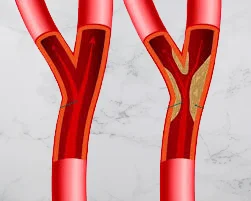
In 2015, the United States Department of Agriculture Dietary Guidelines Advisory Committee (DGAC) recommended that Americans eat as little dietary cholesterol as possible, because most foods that are rich in cholesterol are also high in saturated fat and thereby may increase the risk of cardiovascular disease. Elevated levels of cholesterol in the blood lead to atherosclerosis which may increase the risk of heart attack, stroke, and peripheral artery diseases.
Cholesterol
It is the building block of our cell membranes, a substance that helps our body in many ways. It helps our body in creating bile, hormones and vitamin D. That’s why all of us need Cholesterol, but higher amount of it in our blood increases the risk of heart diseases. So, every individual must test the Cholesterol level from time to time.
It is a type of lipid which performs many essential jobs in our body. Lipids are fatty compounds that don’t get dissolved in water, instead they travel in our blood to different parts of our body. Generally, our Lever produces Cholesterol ( 80% of all the cholesterol ) as per the body’s need. However we also get maximum Cholesterols ( Rest 20% ) from the types of foods we eat. Our body can get rid of excess cholesterol due to a certain mechanism, but that too till a maximum extend. When the amount of excess Cholesterol couldn’t be controlled by our body, than we find high Cholesterol in our blood stream which subsequently increases the level in all our body parts.
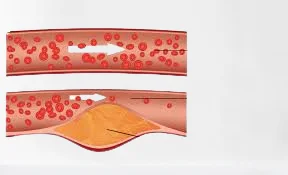
It helps cell membranes from protective layers. It helps our Liver to produce the Bile which we need for digestion and also it helps our body in producing certain Hormones, sex hormones and Vitamin D. Eating foods high in saturated fat or trans fat can raise the levels. We mostly find saturated fat in products that come from animals, like meat, milk, cheese and butter. Trans fat is in many processed foods and fast foods.
Lipid Profile Test for Cholesterol
As per the American Heart Association, the below are the frequency for test age wise.
20 years and older : Once in 4-6 years
People who are under medication : 4-12 weeks after first dose, post that once in every 3-12 months.
For men and women between the age of 45-65 years, once every 1-2 years.
For seniors above 65 years, annually once.
However, these above are general reference. If you have tested yourself for it and the report is positive, you must consult a physician immediately and be under medication and strict diet followed by a regular test every-3-6 months.
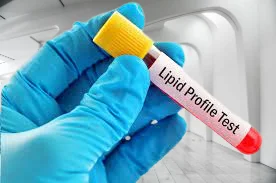
To check the level, generally a Physician will recommend you for a Lipid Profile test. This test will be conducted after a complete 12 hours fasting. The healthcare professional or a pathologist will pull out blood from an arm vein to conduct the Lipid profile test.
The lipid profile typically includes:
- Low-density lipoprotein (LDL)
- High-density lipoprotein (HDL)
- Triglycerides
- Total cholesterol
In addition, another component with very little contribution in the test is VLDL ( Very low density lipoprotein ). The very low-density lipoprotein (VLDL) is present in minute amounts in the blood, especially in a blood sample taken when fasting because it comes from ingested food. If VLDL amounts are quite high in a fasting sample, an individual may be suffering from abnormal lipid metabolism.
Typically the laboratory measures only three quantities: total cholesterol, HDL and Triglycerides. From these three data LDL may be calculated. According to Friedewald’s equation:
- [LDL] = [Total cholesterol] − [HDL] − [Triglycerides] /5
In the report, we need to check the above 4 components. If the total Cholesterol level is high, that does not directly mean that we have a health problem because HDL is considered as “Good Cholesterol” which prevents heart diseases. The concern area should be LDL ( Bad Cholesterol ) and Triglycerides which increases the risk of heart diseases like strokes, heart attacks and other heart implications.
Cholesterol level in blood is usually measured in milligrams per deciliter (mg/dL). The normal lipid profile range for different kinds of cholesterol are as follows:
- The total cholesterol has a normal range lower than 200mg/dL.
- LDL is normally between 70 to 130mg/dL.
- HDL ranges from 40 to 60mg/dL.
- Triglycerides are normal in range when in between 10 to 150 mg/dL.
Anything higher than the above, needs immediate consultation with a physician or doctor/Medicine Specialist.
How to control Cholesterol Level?
So in the above descriptions, we got to know about Cholesterol, types, Functions and necessity of Cholesterol in our body, what is the risk of having higher levels?, which test to be done to check and what is the range in lipid profile tests. Now let us know that, as having a higher level can increases the risk of heart diseases, it is very important that we measure it periodically, consult the doctor, take medicines regularly. Irrespective of all of these, we must take some precaution like
- Dietary changes.
- Lifestyle changes.
1 – Reduce intake of saturated and trans fat.
Saturated fats and trans fat have negative effects on our health. Fat is as essential to your diet as protein and carbohydrates are in fueling your body with energy.
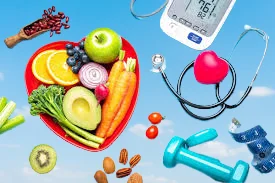
Certain bodily functions also rely on the presence of fat. For example, some vitamins require fat in order to dissolve into your bloodstream and provide nutrients. However, the excess calories from eating too much fat of any type can lead to weight gain.
Two types of fats — saturated fat and trans fat — have been identified as potentially harmful to our health.
Saturated Fats : These are found in high fat meats and dairy products. Eating too much saturated fat can increase the total levels and LDL levels.
Saturated fat sources include:
- Fatty cuts of beef, pork, and lamb
- Dark chicken meat and poultry skin
- High fat dairy foods (whole milk, butter, cheese, sour cream, ice cream)
- Tropical oils (coconut oil, palm oil, cocoa butter)
- lard
Trans Fats: Trans fat appears in foods that contain partially hydrogenated vegetable oils. These are the worst fats for us.
- Fried foods (French fries, doughnuts, deep-fried fast foods)
- Margarine (stick and tub)
- Vegetable shortening
- Baked goods (cookies, cakes, pastries)
- Processed snack foods (crackers, microwave popcorn)
What should we eat ( Good Fats )? Good fats are present in.
Foods useful in Cholesterol
- Nuts (almonds, cashews, peanuts, pecans)
- Vegetable oils (olive oil, peanut oil)
- Peanut butter and almond butter
- Avocado
- Salmon
- Herring
- Sardines
- Trout
- Walnuts
- Flaxseed
- Chia seeds
- Canola oil
- Tofu
- Roasted soybeans and soy nut butter
- Walnuts
- Seeds (sunflower seeds, pumpkin seeds, sesame seeds)
- Vegetable oils (corn oil, safflower oil, sesame oil, sunflower oil)
- Soft margarine (liquid or tub)
- Oats, lentils, peas and beans, Barley,
- Fruits and vegetables (such as apples and carrots)
- low-fat yoghurt and low-fat milk.
- Legumes and Avocados
- Fatty Fish
- Garlic in any forms
- Green Tea
- Dark leafy greens, such as kale and spinach
- Olive oil is a rich source of monounsaturated fatty acids, the kind that may help raise “good” HDL and lower “bad” LDL.
- According to a study by Aslam & Nijam (2013), drinking lauki juice ( Bottle gourd ) might decrease high cholesterol levels, fats and lipid proteins. It might also increase the levels of good cholesterol in the body
2 – Increase Physical Activity
Physical activities helps in improving the HDL and reduce the LDL in our blood stream.
- People aged 18-64 years should do 30 to 60 minutes of moderate-intensity physical activity on most days of the week.
- People aged 65 years and over should aim for a total of 30 minutes of moderate physical activity on most days (10 minutes at a time, for example, is OK).
- Rigorous and continuous hard form of exercises or muscle building exercises is not recommened.
- Jogging and walking
- Use Cycling whenever get a chance instead of using motorcycles.
- Swimming
- Different forms of Yoga and meditation.
- Meditations like Kapalbhati Pranayam, Shalabhasana (Locust pose), Ardha Matsyendrasana (Seated spinal twist), Paschimottanasana (Seated forward bend), Urdhva Dhanurasana/ Chakrasana (Wheel Pose).
3 – Try to reduce your weight if you are overweight
4 – Quit Alcohol and Smoking: Both are responsible for causing high LDL and High Triglycerides. Alcohol increases the level of Triglycerides. Smoking reduces HDL, the good Cholesterol and due to smoking plaques get deposited in the arterial walls causing harm to the blood flow. Smoking also might cause blood clotting which can increase the risk of heart ailments.
Surprisingly this does not shows any symptoms. That’s why we must be very much aware time to time.
To read more informational articles related to health, entertainment, general awareness, computer and tech and about trending topics from around the world CLICK HERE.
